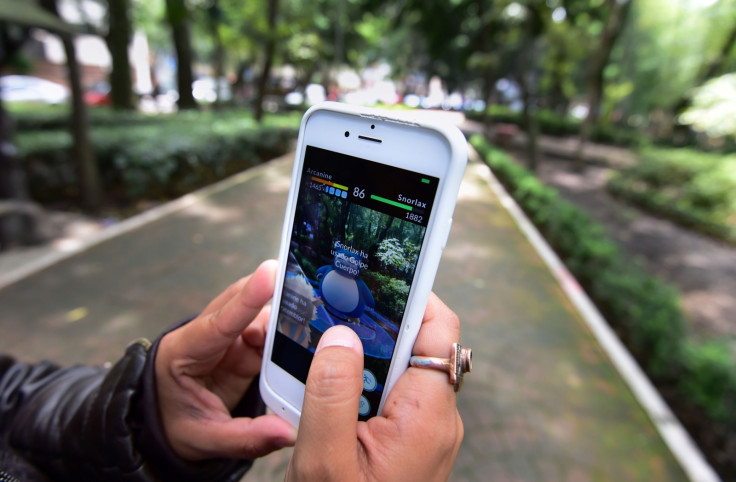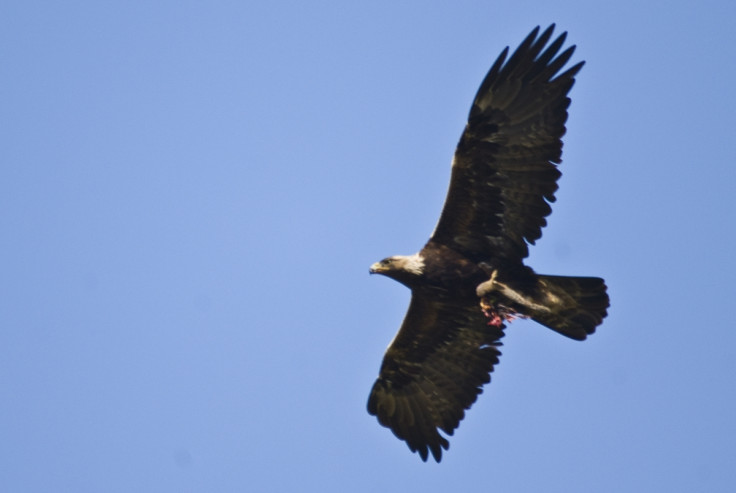By playing Pokémon Go, you could help protect the planet
Playing the famous augmented-reality game may make people more aware of their natural environment.

Augmented-reality game Pokémon Go is a source both of challenges and opportunities for the conservation of endangered species, scientists argue. When they play, people go out of their home to interact with virtual creatures, and the hope is that these behaviours could be replicated to make people more interested in "real-life" animals in their environment.
Around the world, Pokemon Go has been downloaded 500 million times, and although the interest has decreased a little since the game was first introduced in July, it still remains popular. It is still common to see people walking in the streets with their phones in their hands to catch the rarest Pokémon possible.
Conservationists at the University of Oxford were inspired by the game, as they say it has the potential to raise the profile of many threatened plants and animals around the world.
Pokémon Go has triggered high levels of behavioural change among players, which may benefit the conservation movement. This includes spending more time outside and increasingly discovering non-virtual wildlife species as illustrated by the fact many people have gone on Twitter to share pictures of real animals they have taken while playing outdoors.
In a paper, published in Conservation Letters, they highlight the positive effects the game could have on wildlife protection while also cautioning against too much optimism.
Promoting conservation without endangering it
Pokémon Go provides people with basic biology and natural history lessons without them realising. Like animals, different Pokémon thrive in different habitats based on their ecological needs, for instance grass Pokémon are more often found in parks. Users integrate these concepts as they play and this may increase their understanding of the worlds' flora and fauna, and the necessity to safeguard it.
The researchers suggest four ways in which the game could inspire people to take better care of their environment, and to trigger interest for the planet's species.

It could make Pokémon biology and ecology more realistic, linking the creatures' needs even more closely to their environment. It could also add real species to the Pokémon Go universe to raise awareness of their existence.
A third option may be to place more virtual creatures further away from urban centres to allow players to experience country side environments. Finally, the game could come up with an option for players to report wildlife species they come across while playing.
However, if it is not used well, the game could also make it more challenging to protect wildlife species. The most important risk is that people actually lose interest in real-life species by focusing only on fictional creatures. Additionally, people may not be very careful when they are in the middle of catching and fighting Pokémon, and they may end up deteriorating the environment. It may also encourage them to catch and exploit wildlife.
© Copyright IBTimes 2025. All rights reserved.






















